Shooting pain, numbness, or tingling that travels from the neck into the arm or from the low back into the leg often signals radiculopathy—a “pinched nerve” at the spinal root. At The PT Zone, we ease cervical and lumbar nerve‑root irritation, restore mobility, and help you move, lift, and live without nerve pain.
- Reduce radiating arm or leg pain and numbness
- Improve neck and back mobility for smoother motion
- Strengthen core and postural muscles to protect spinal nerves
- Teach ergonomic and activity strategies to prevent flare‑ups
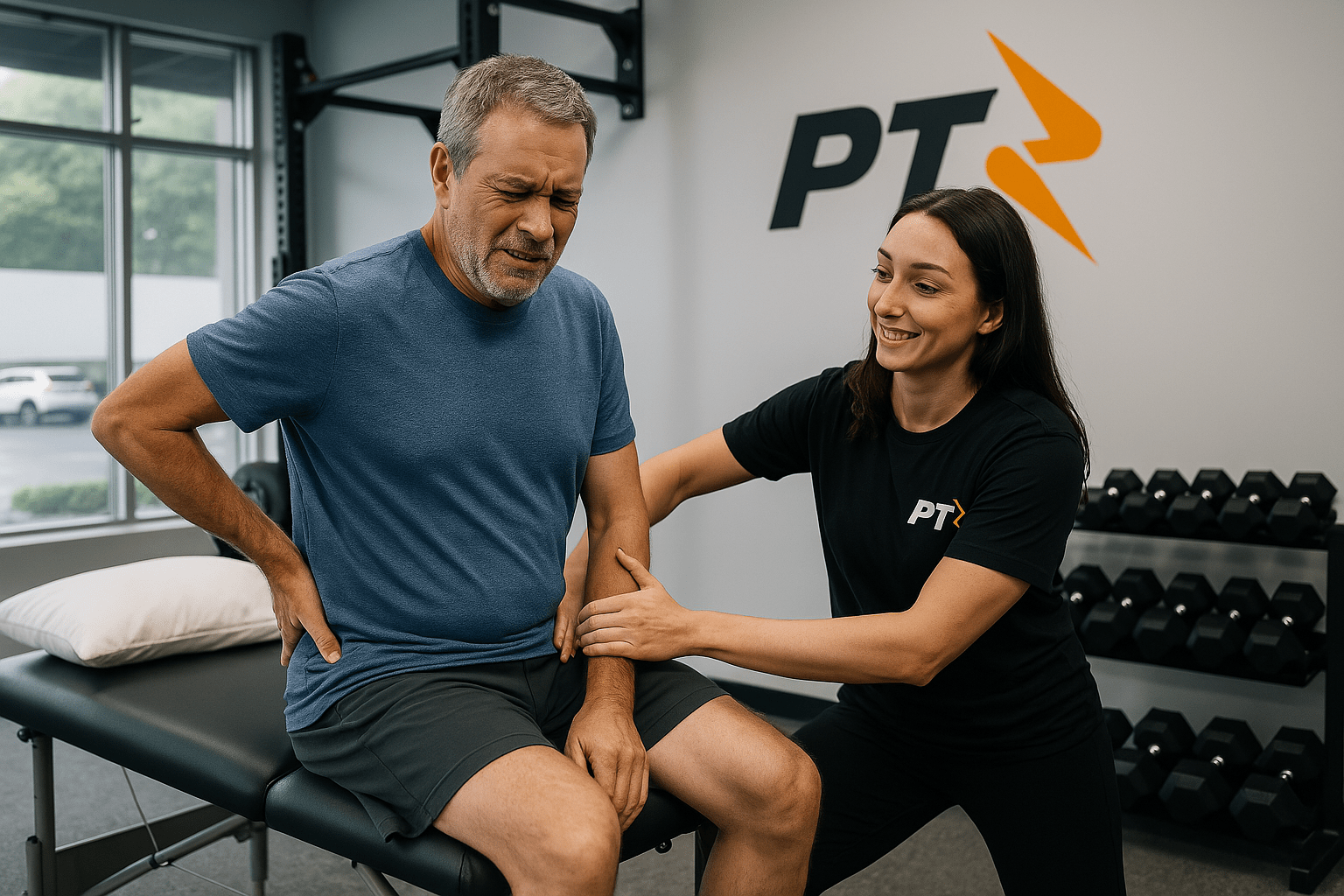
Calm Nerve Pain and
Regain Confident Movement
What’s happening? Cervical and lumbar radiculopathy occur when a spinal nerve root becomes compressed or inflamed—often from a herniated disc, degenerative changes, or sudden torsion. Cervical irritation may spark a burning line from the neck through the shoulder into the fingers, while lumbar compression can send electric shocks from the low back down the thigh or calf. Weakness, pins‑and‑needles, or loss of grip further confirm a nerve‑root issue.
Our first priority: At The PT Zone we perform a detailed exam—nerve‑tension tests, spinal motion, strength screen, reflex checks—to identify the exact level and cause of compression. Early sessions focus on pain reduction: traction or decompression techniques, gentle nerve‑glides that promote circulation without provocation, and manual therapy to calm guarding muscles.
Building resilience: As pain eases, we guide you through directional‑preference exercises or deep‑cervical retractions that centralize symptoms. Core and scapular stabilizers are reinforced so your spine feels supported during daily bends, lifts, and screen time. Ergonomic coaching covers sleep, car‑seat setup, and safe lifting mechanics.
Returning to full activity: Progressions include resisted neck and trunk work, balance and gait drills for lumbar cases, and grip or shoulder endurance for cervical roots. Athletes receive sport‑specific loading plans; desk workers learn micro‑break routines and monitor setups that prevent sustained end‑range postures.
Your long‑term plan: A concise home routine—nerve‑glide flossing, mobility “snacks,” and stability circuits—guards against future compression. With nerve‑root pain under control and supportive habits in place, radiculopathy becomes a solved problem, not a chronic limiter.
Our Therapies for Cervical & Lumbar Radiculopathy:
Spinal traction, targeted nerve‑glides, disc‑direction exercises, manual release, and strength progressions—everything you need to calm nerve‑root pain and restore strength.
-
Balance Training
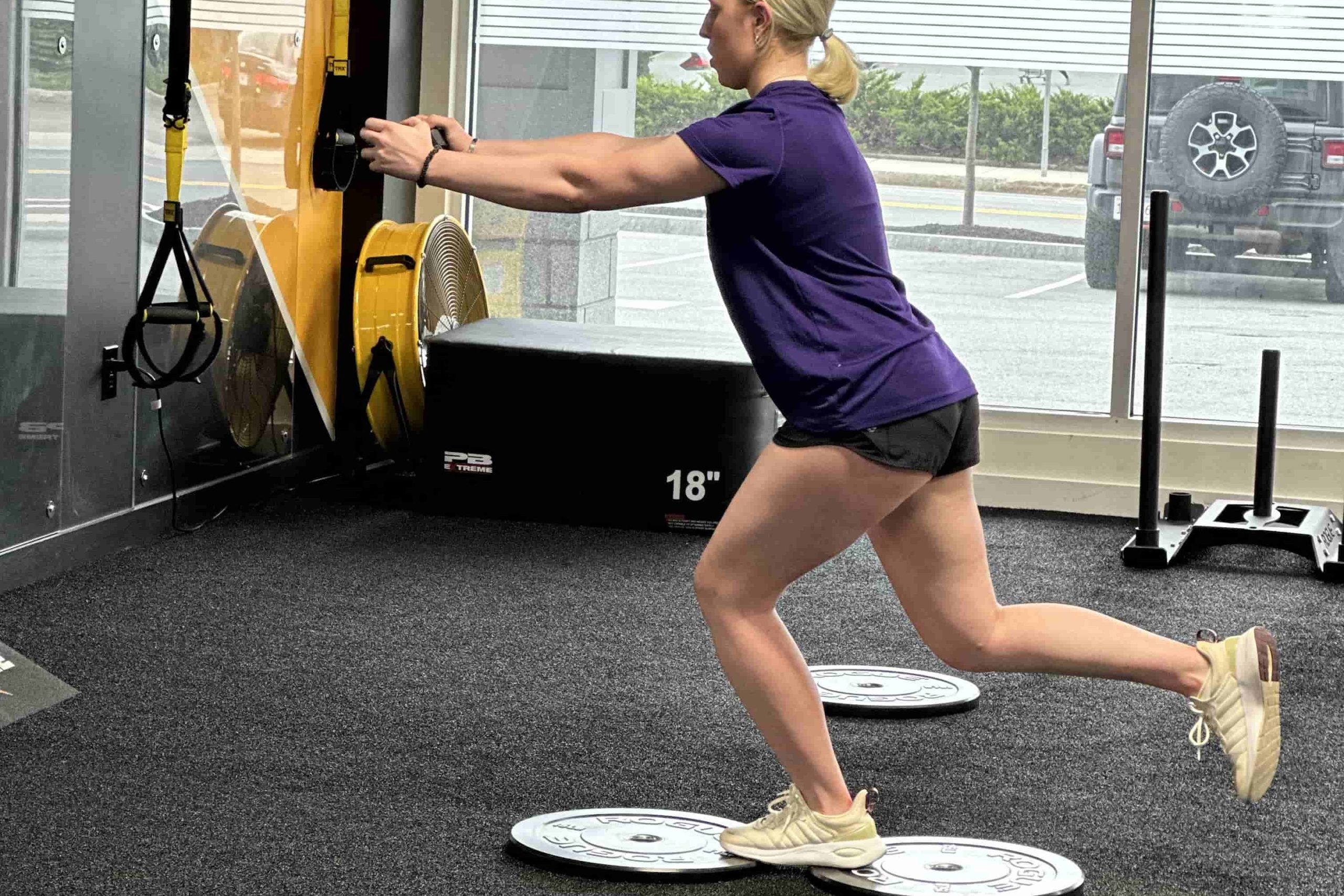
Balance Training is a specialized approach that strengthens stabilizing muscles, enhances coordination, and reduces fall risks, ultimately improving posture and promoting confident movement.
-
Certified Manual Therapy
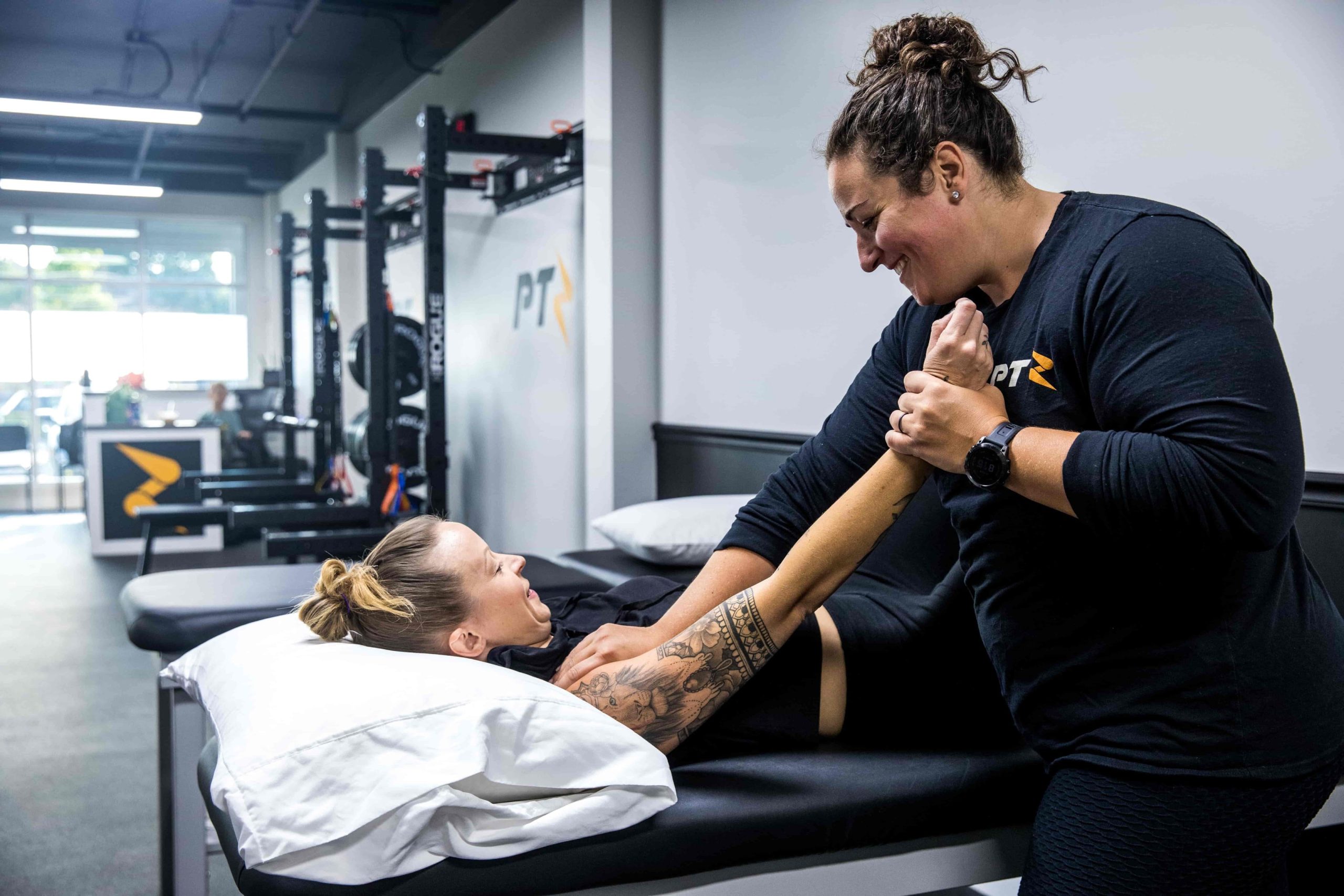
Certified Manual Therapy is a hands-on approach that addresses joint, muscle, and connective tissue dysfunction, reducing pain, improving alignment, and promoting faster, more efficient recovery.
-
Cupping

Cupping therapy is an ancient healing technique that uses suction to enhance circulation, relieve muscle tension, and promote the body’s natural recovery process.
-
Dry Needling
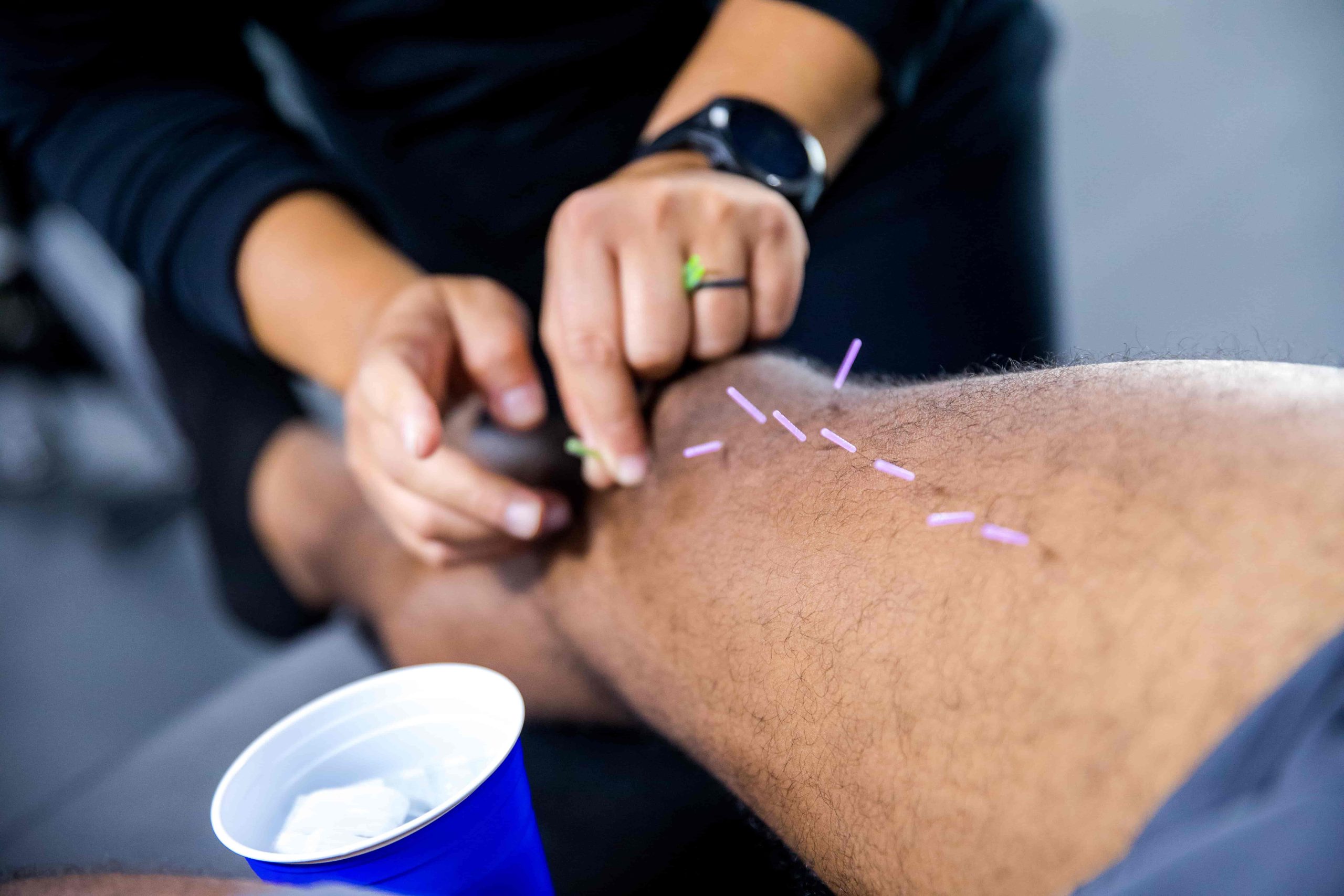
Dry needling is a modern therapy that targets muscle trigger points with thin needles to relieve pain, reduce tension, and restore mobility.
-
Gait Training
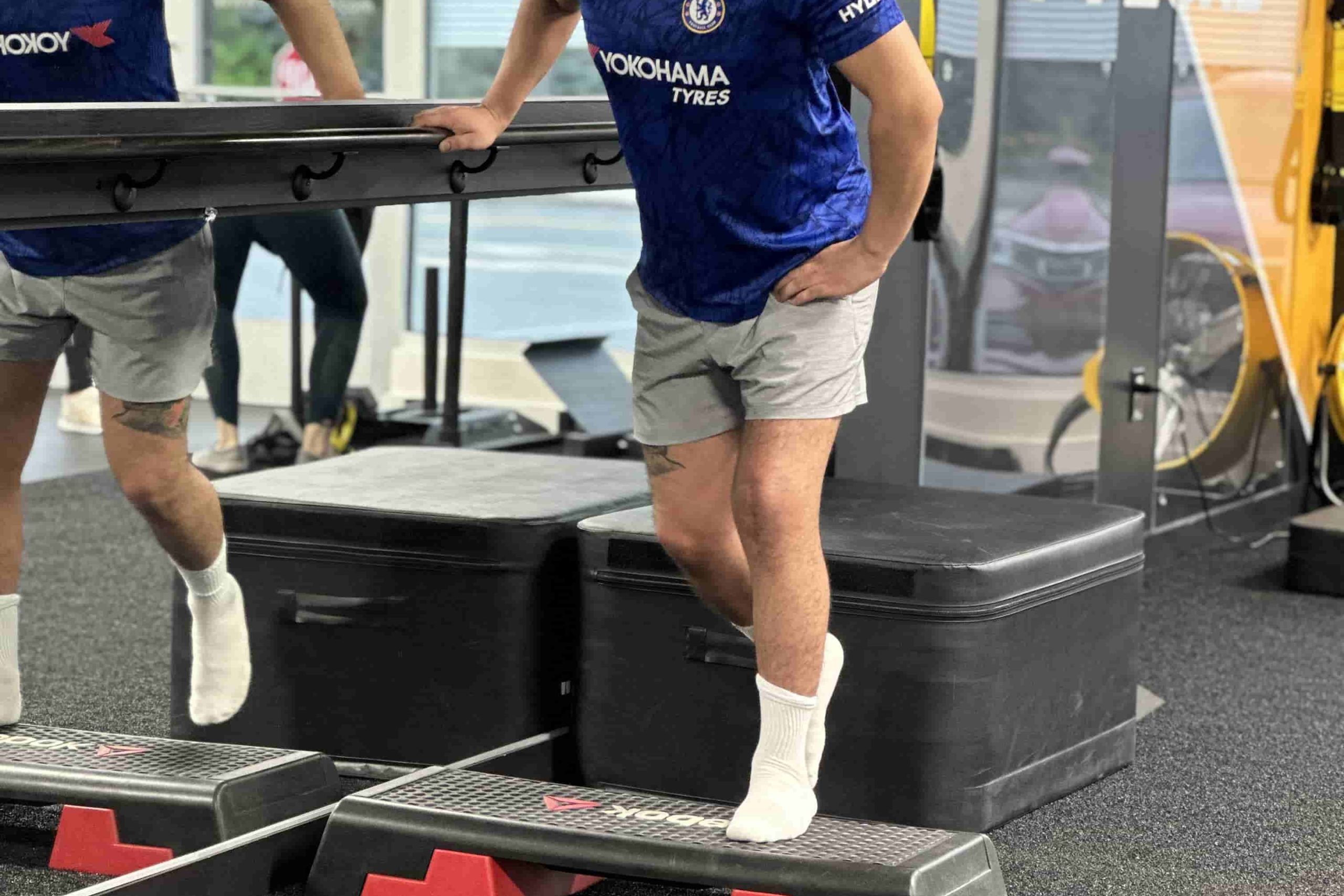
Gait Training is a specialized approach that enhances walking mechanics, improves lower-limb strength, and reduces re-injury risks, ultimately promoting more efficient movement.
-
Graston Technique

Graston Technique is a specialized manual therapy that uses stainless steel instruments to break down scar tissue, improve mobility, and accelerate healing.
-
Kinesiotaping
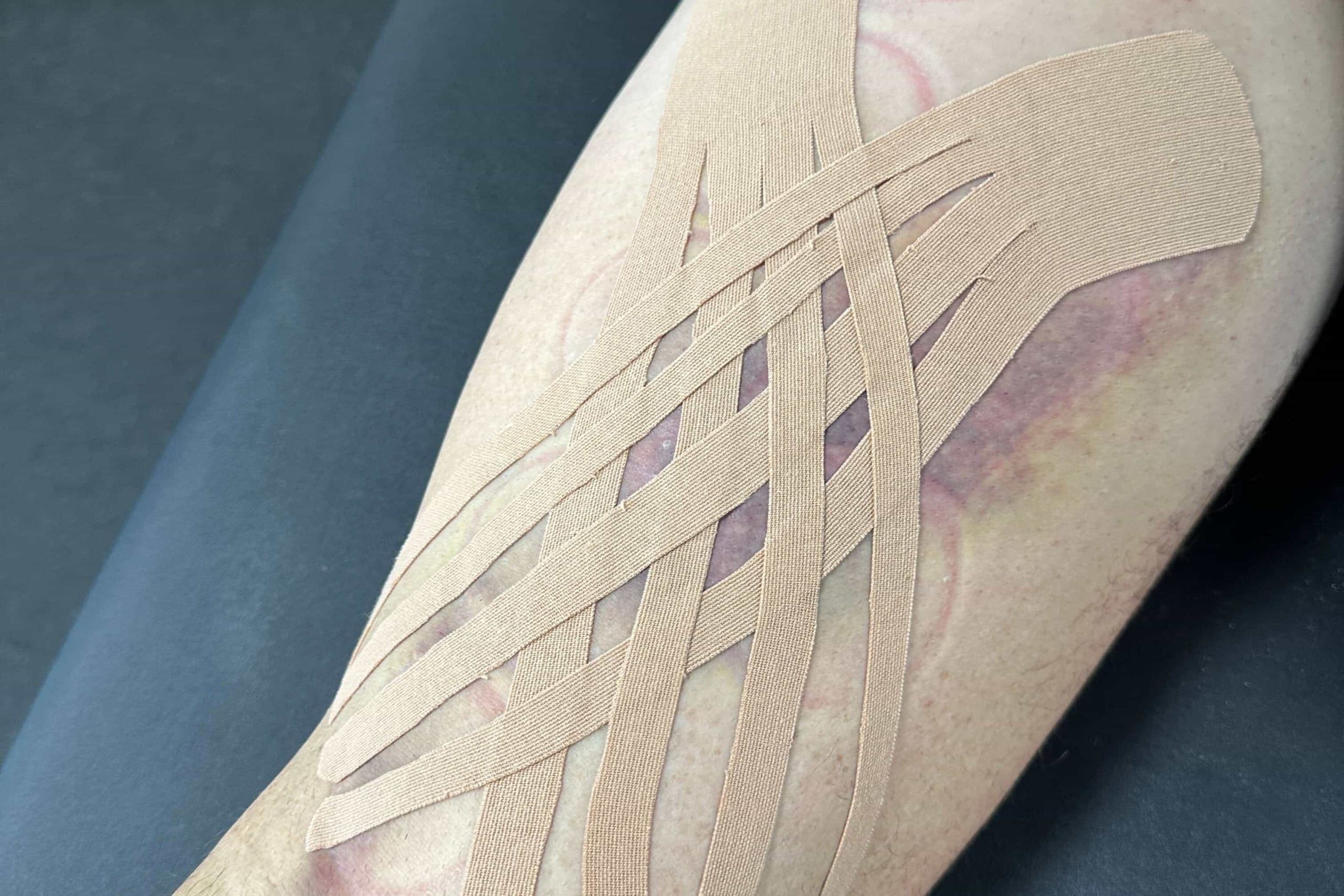
Kinesiotaping is a flexible taping method that provides gentle support, improves circulation, and helps maintain natural movement for a more comfortable and effective recovery.
-
Manual Traction
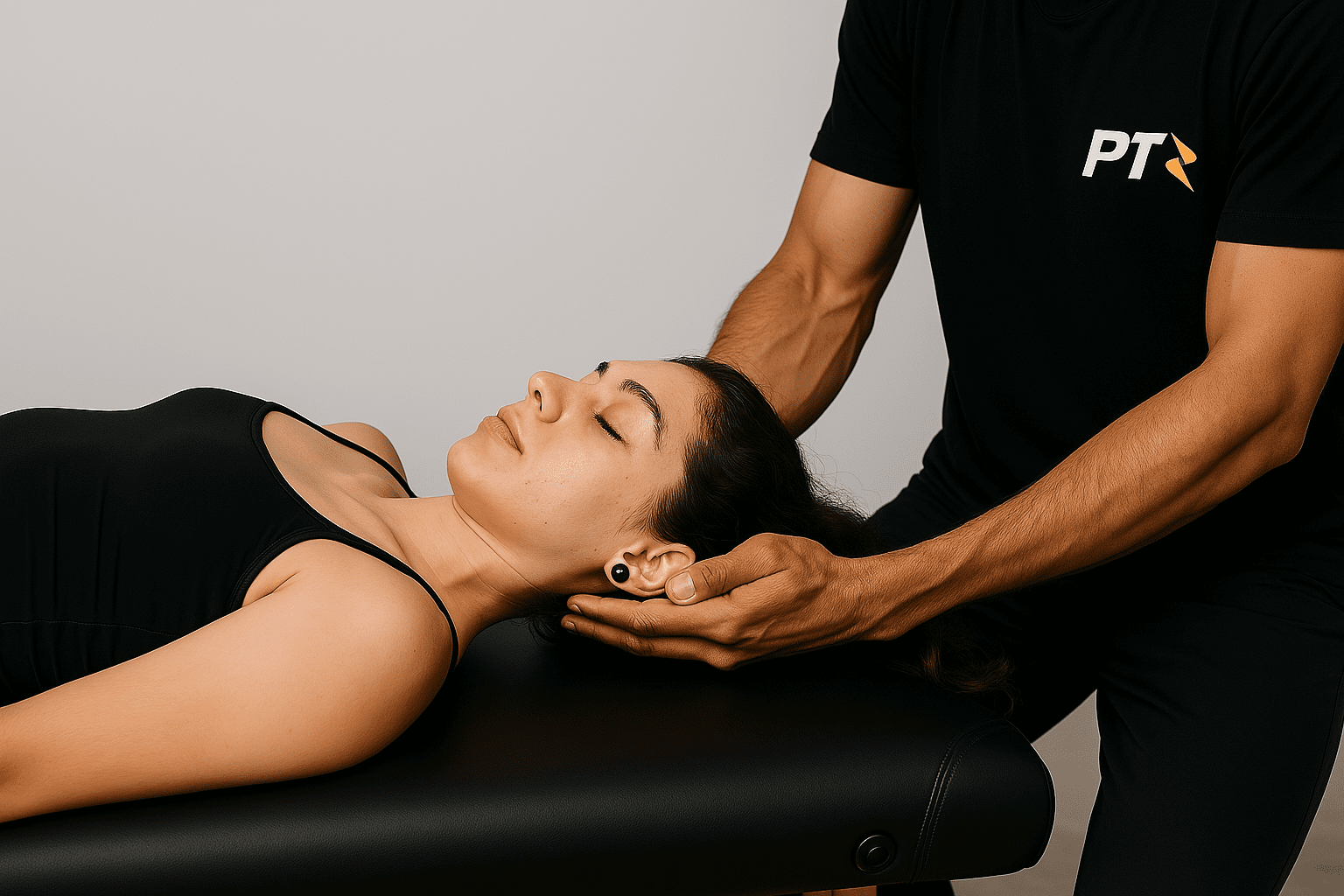
Manual Traction is a gentle, hands-on method used to decompress the spine, relieve pressure on discs and nerves, and improve overall comfort and mobility.
-
Post-Surgical Rehab
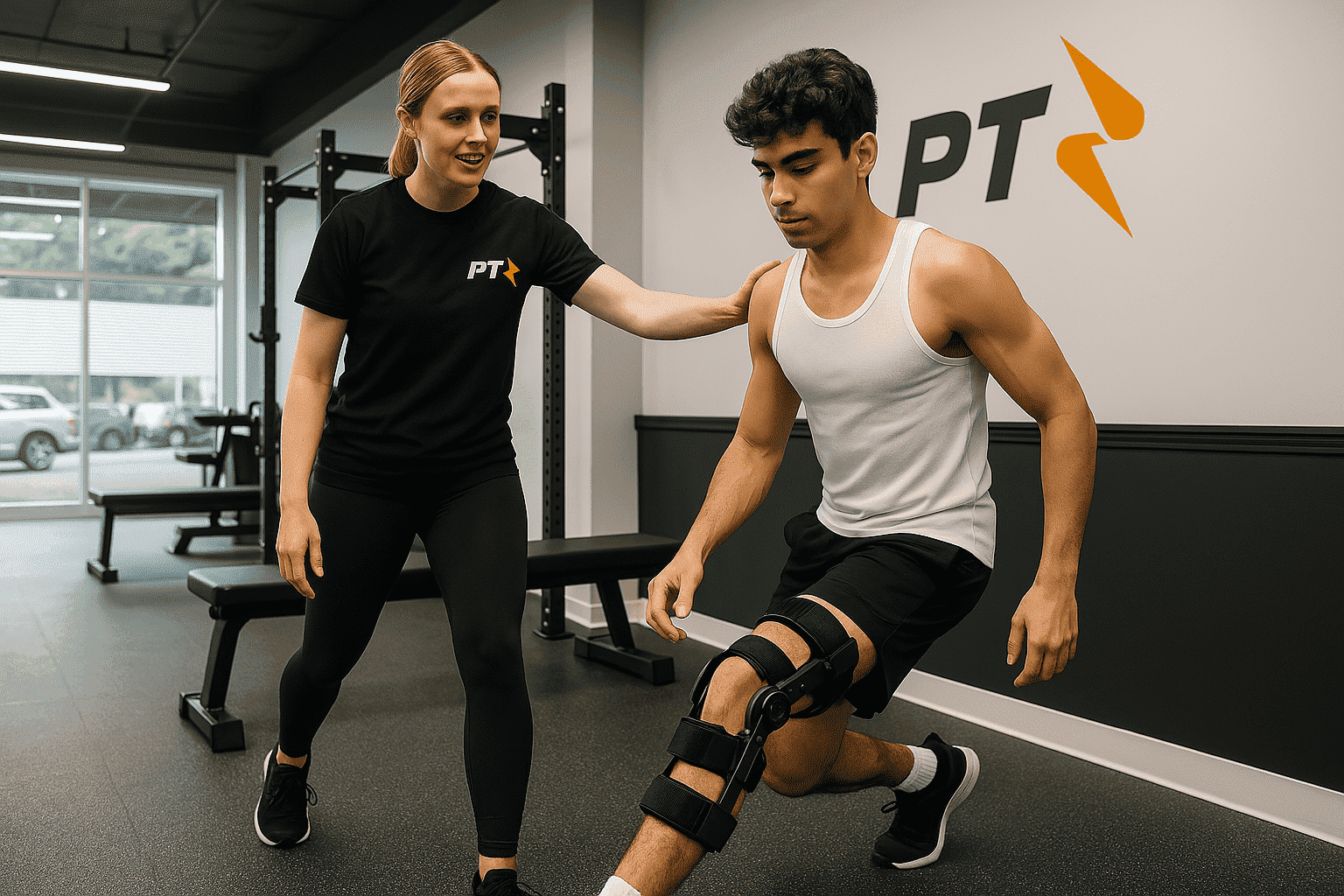
Post-Surgical Rehab is a structured recovery process designed to restore mobility, manage pain, and rebuild strength after surgery, ensuring a safer and faster return to your everyday activities or sports.
-
Physical Therapy for Weightlifters & CrossFit
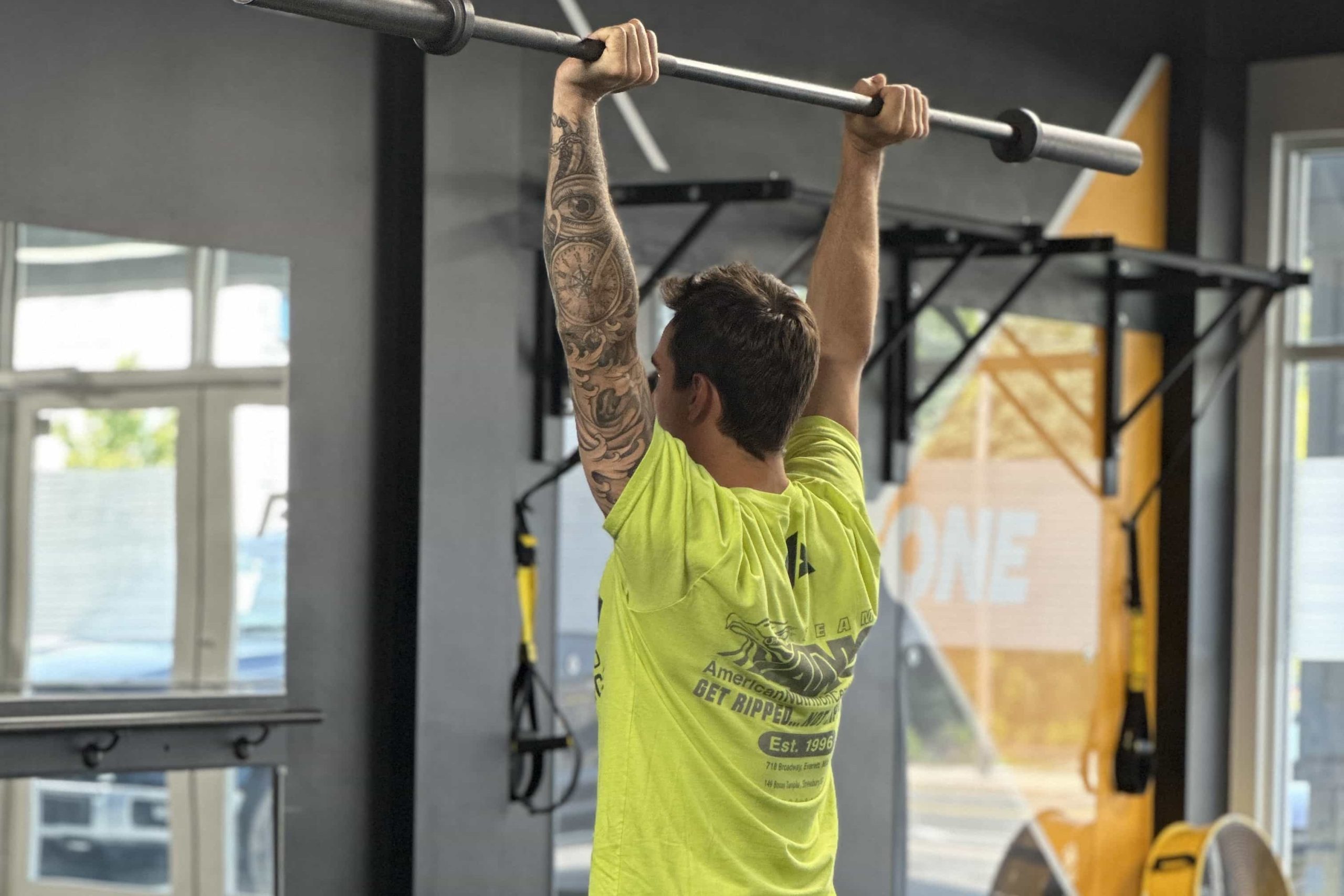
Physical Therapy for Weightlifters & CrossFit focuses on proper lifting mechanics, correcting muscle imbalances, and managing stress on joints to prevent pain, accelerate recovery, and enhance overall strength gains.
-
Physical Therapy For Runners
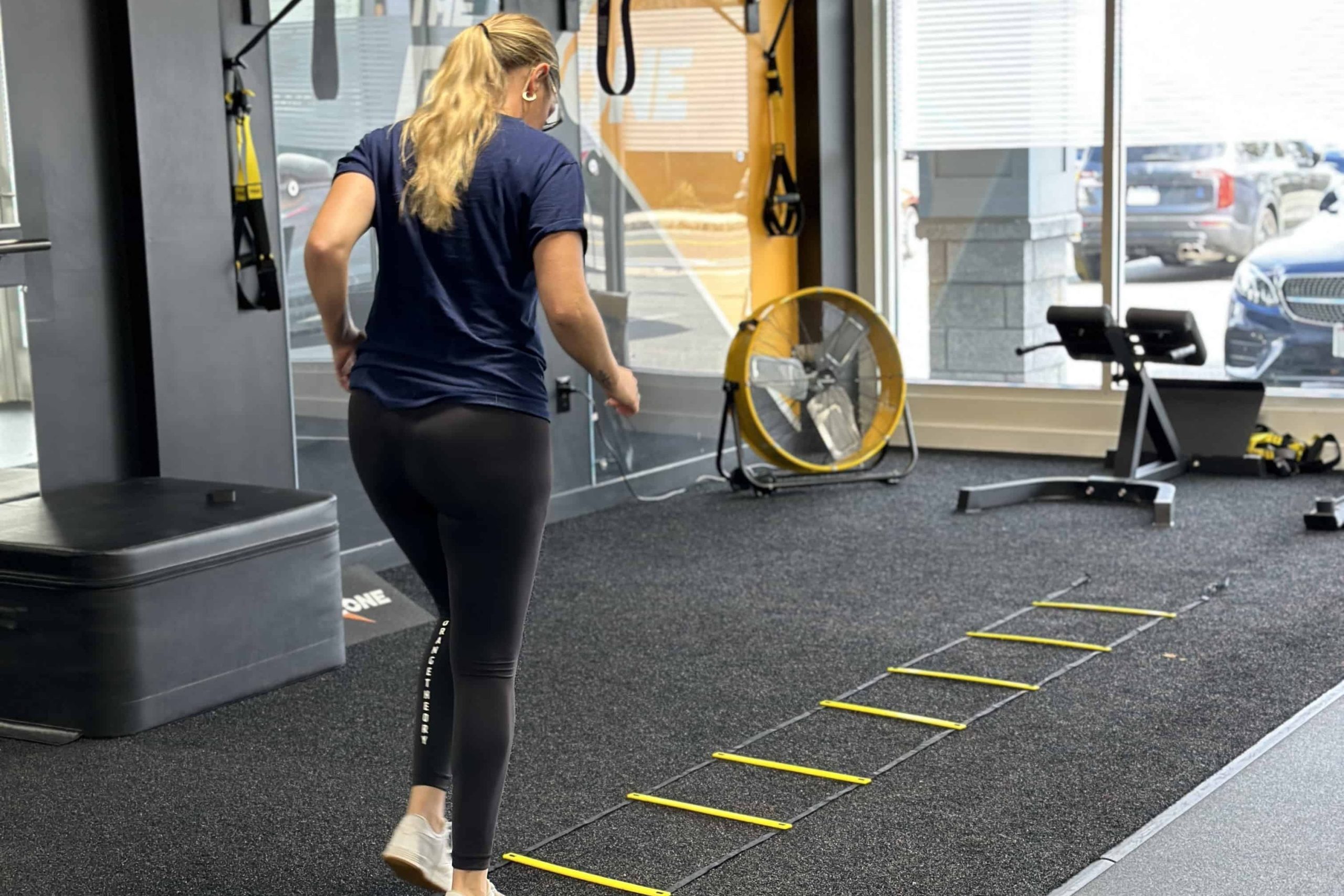
Physical Therapy for Runners focuses on refining running form, addressing muscle imbalances, and enhancing lower-limb stability to prevent injuries and boost performance.
-
Neuromuscular Massage Therapy
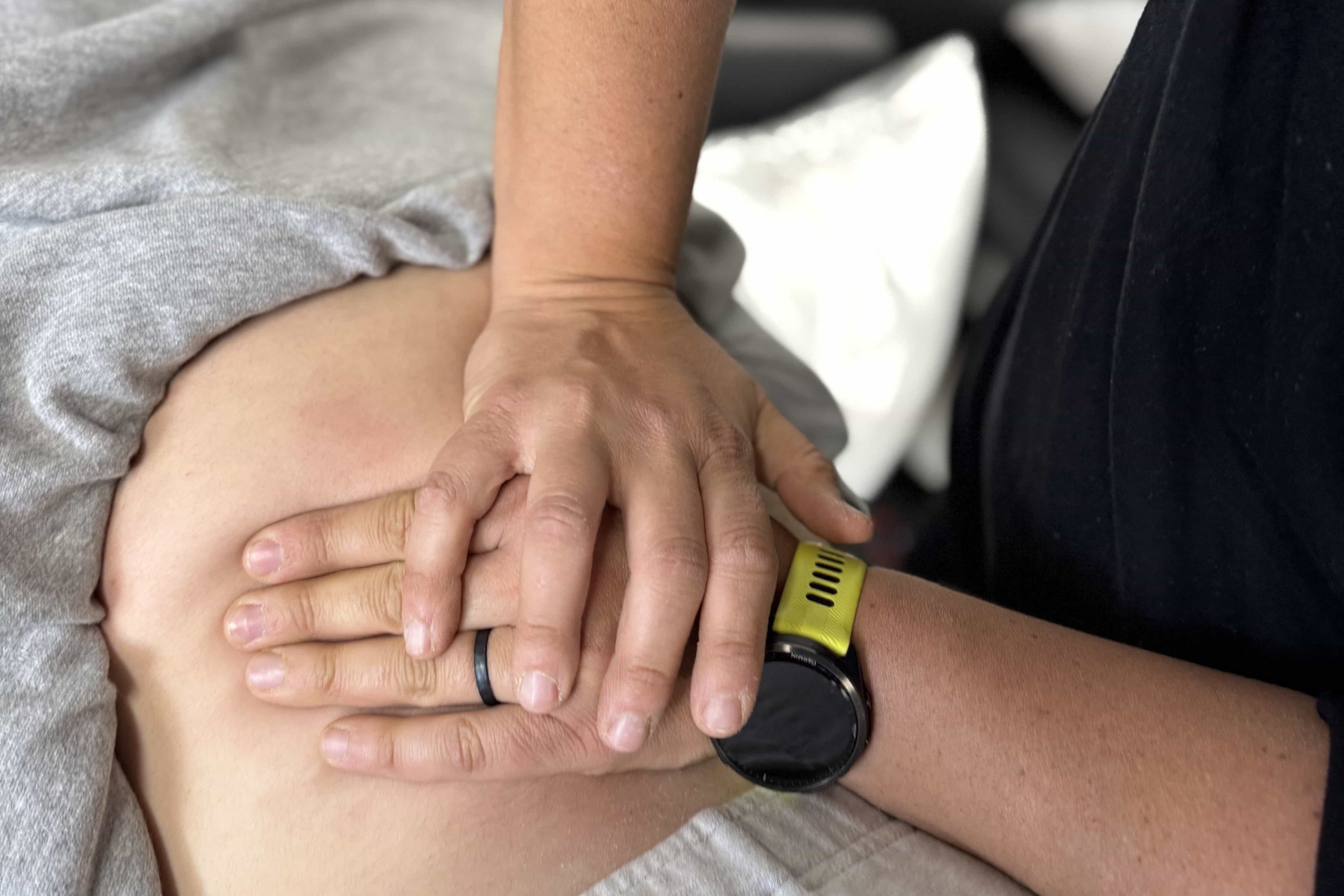
Neuromuscular Massage Therapy (NMT) precisely targets trigger points in muscles and connective tissues, relieving tension, restoring proper function, and promoting long-term pain relief.

The PT Zone is committed to long‑term relief—so you can move freely and without pain.
Our holistic plan transforms nerve‑root irritation into lasting comfort—putting power back in your hands and spine.
Common Questions from Radiculopathy Clients
1. How do I know my pain is radiculopathy and not muscle strain?
Radiculopathy creates sharp, electric pain that follows a nerve path and may include tingling or weakness. A strain stays local and feels sore. Neuro‑screening confirms which one it is.
2. Do I need an MRI before starting therapy?
Imaging is helpful for red‑flag signs or surgical planning, but many cases improve without it. We monitor progress; if pain or weakness lingers, we coordinate imaging with your physician.
3. Will traction fix the nerve pinch for good?
Traction eases pressure and pain, but lasting relief comes from pairing it with direction‑specific exercises, posture changes, and stability work. We use traction as one tool in a comprehensive plan.
4. How long does recovery take?
Mild cases calm in 4–6 weeks; moderate disc or joint issues need about 8–12 weeks of steady therapy. Severe compressions may take longer or need surgical consult if weakness persists.
5. Are injections necessary?
Epidural steroid injections reduce inflammation when severe pain blocks progress. Many clients recover without them; we consider injections only if conservative care stalls.
6. Can exercise make nerve pain worse?
Poorly chosen movements can aggravate it, but direction‑based or neutral‑spine exercises reduce pain and speed healing. We coach safe progressions and warning signs.
7. How do I keep radiculopathy from returning?
Maintain core and postural strength, take screen‑time breaks, lift with a neutral spine, and progress workouts gradually. Address early tingling with mobility drills and nerve‑glides right away.















